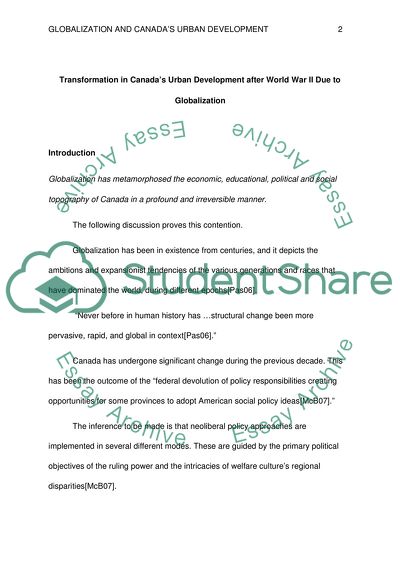Cite this document
(“How globalization changes Canadas urban development after World War 2 Essay”, n.d.)
How globalization changes Canadas urban development after World War 2 Essay. Retrieved from https://studentshare.org/environmental-studies/1629965-how-globalization-changes-canadas-urban-development-after-world-war-2
How globalization changes Canadas urban development after World War 2 Essay. Retrieved from https://studentshare.org/environmental-studies/1629965-how-globalization-changes-canadas-urban-development-after-world-war-2
(How Globalization Changes Canadas Urban Development After World War 2 Essay)
How Globalization Changes Canadas Urban Development After World War 2 Essay. https://studentshare.org/environmental-studies/1629965-how-globalization-changes-canadas-urban-development-after-world-war-2.
How Globalization Changes Canadas Urban Development After World War 2 Essay. https://studentshare.org/environmental-studies/1629965-how-globalization-changes-canadas-urban-development-after-world-war-2.
“How Globalization Changes Canadas Urban Development After World War 2 Essay”, n.d. https://studentshare.org/environmental-studies/1629965-how-globalization-changes-canadas-urban-development-after-world-war-2.


